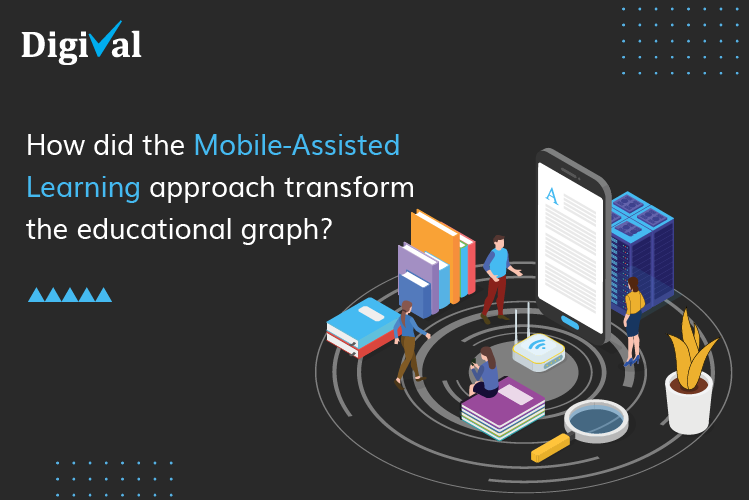“It is estimated that the Global market for mobile learning could reach $80.1 billion by 2027”.
Learning and teaching approaches are undergoing digital transformation with the advent of educational tools in the curriculum. The presence of digital platforms is highly evident today. Checking your upcoming assignments or exam dates in an app, taking quizzes to self-test, taking part in online discussions or collecting digital notes, has become much easier through digital learning software.
Undoubtedly online learning has increased the scope for learning and improved engagement in class. Imagine being able to get a clear view of your curriculum calendar as well as track your progress on every step.
This is exactly what educational software does for you. It makes the academic calendar accessible while making it clear what students and teachers are expected after the completion of each course.
Educational tools are not only making the educational process easier but also opening up experiential and experimental learning techniques. Let us look through the pros and cons of switching to Mobile or digital learning tools.
Why choose Mobile-based learning tools?
Boost engagement
The use of mobile or screens for learning has increased the way teachers can make classes more effective. They can interact using the in-built quizzes, discussions, live sessions and support sessions. Using software also enables the students to get immediate feedback on their learning curve.
DigiClass ensures that students and teachers have attained the clarity of their objective to undergo active learning to reach their desired outcome.
Anytime accessibility
Increased users of smartphones indicate the availability of more opportunities to collaborate with students. They can join meeting through web conferencing tools such as Zoom or Google meet, attend sessions through their phone and access notes and resources from anywhere.
Messaging and group chats are also interactive tools that connect students and teachers in real-time. With the advanced database of DigiClass, students can access learning resources, videos, sample formative activities and much more.
Immediate feedback
The merge of digital platforms with education has made it easy to talk and seek support anytime and anywhere you go. Students are able to take quizzes or tests after each session and get feedback from the concerned faculty through chat. They can clarify their doubts, take part in ad hoc discussions and surveys and engage in class at all levels.
Check the pros of mobile learning
The use of apps, mobile learning, social media, digital content etc, are becoming the game changer in today’s learning approach. Educational software is not only assisting the planning process but also guides the faculty and teachers throughout the curriculum delivery and assessments.
The above-mentioned points indicate how educational software is guiding students and teachers to reinforce their learning and teacher approaches. To sum up the advantages of mobile-assisted learning methods for student progress, they provide,
- High retention rate (increased by 25-60%)
- Better understanding
- Gamified grading
- 24/7 virtual learning
- Increased accessibility
- Improve student engagement
- More content availability
- Draws students for collaborative learning
- Assessments for regular learning tracking
- Instant feedbacks
- Room for creative and personalised learning methods
This brings us down to the concept of e-learning uses and its opportunities. However, the challenges lie in choosing a design that can incorporate well with your institution’s curriculum expectations. The software should support two-way effective communication for advanced learning and teaching.
The tool must configure a notification system, resources management, content delivery, curriculum planning and overall session tracking in order to ensure the smooth delivery of content. So it all depends on the user's accessibility and ease that initiates the incorporation of e-learning tools.




